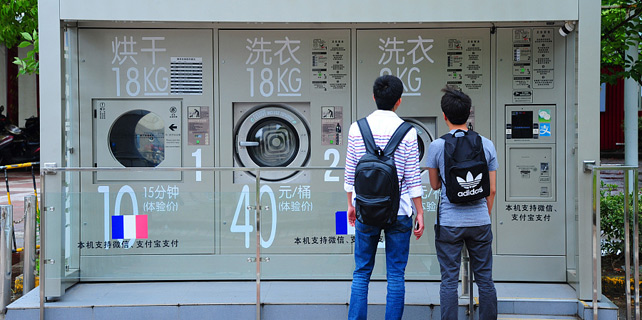

The NDRC cannot oversee if local governments and enterprises want to launch energy-guzzling projects, but prices will be an effective lever for pushing enterprises and consumers to make adjustment, Hua said.
Dealing with overcapacity was set as a priority for economic restructuring and rebalancing by the central government.
Traditional industries such as steel, cement, electrolytic aluminum and plate glass suffered a low capacity utilization rate of around 70 percent to 75 percent in China, while the regular utilization rate overseas is around 10 percentage points higher, according to the NDRC.
Overcapacity also troubled China's emerging solar and wind industries, with solar seeing a capacity utilization rate of 60 percent and the wind turbine industry's rate at less than 70 percent.
The mild inflationary pressures have given room for the government to accelerate pricing system reform, "the longer to wait, the less likely it will happen", Hua said.
The consumer price index rose 2.4 percent in April, according to the National Bureau of Statistics, below the government's annual goal of 3.5 percent. Inflation is likely to remain at 2.4 percent in May, according to a note from the Industrial Bank Co.
Urbanization has been seen by leaders as the driver unleashing enormous consumption potential and investment demand in the coming years.
Urbanization is a complex and big project that will trigger profound changes in the economy and society. It needs to be supported by integrated reforms in many different areas, Premier Li said in mid-May at a news conference.
Local governments need to be given power to issue bonds, help cope with the financing bottlenecks and reduce reliance on land sale revenues, Hua said.
"Local governments need to be relieved from the bad debt mire, otherwise it will get bigger and bigger like snowballs," he said.
 China Post issues stamps to celebrate Children's Day
China Post issues stamps to celebrate Children's Day
 Live streaming boosts zongzi sales
Live streaming boosts zongzi sales
 Big Data Expo opens
Big Data Expo opens
 Smart sharing washing machines available in Shanghai
Smart sharing washing machines available in Shanghai
 Innovative designs highlight industrial design week
Innovative designs highlight industrial design week
 Smart tech to shake up delivery industry
Smart tech to shake up delivery industry
 Chinese youths showcase innovative talents at tech competition
Chinese youths showcase innovative talents at tech competition
 Butterfly wings to inspire new solar power technology
Butterfly wings to inspire new solar power technology